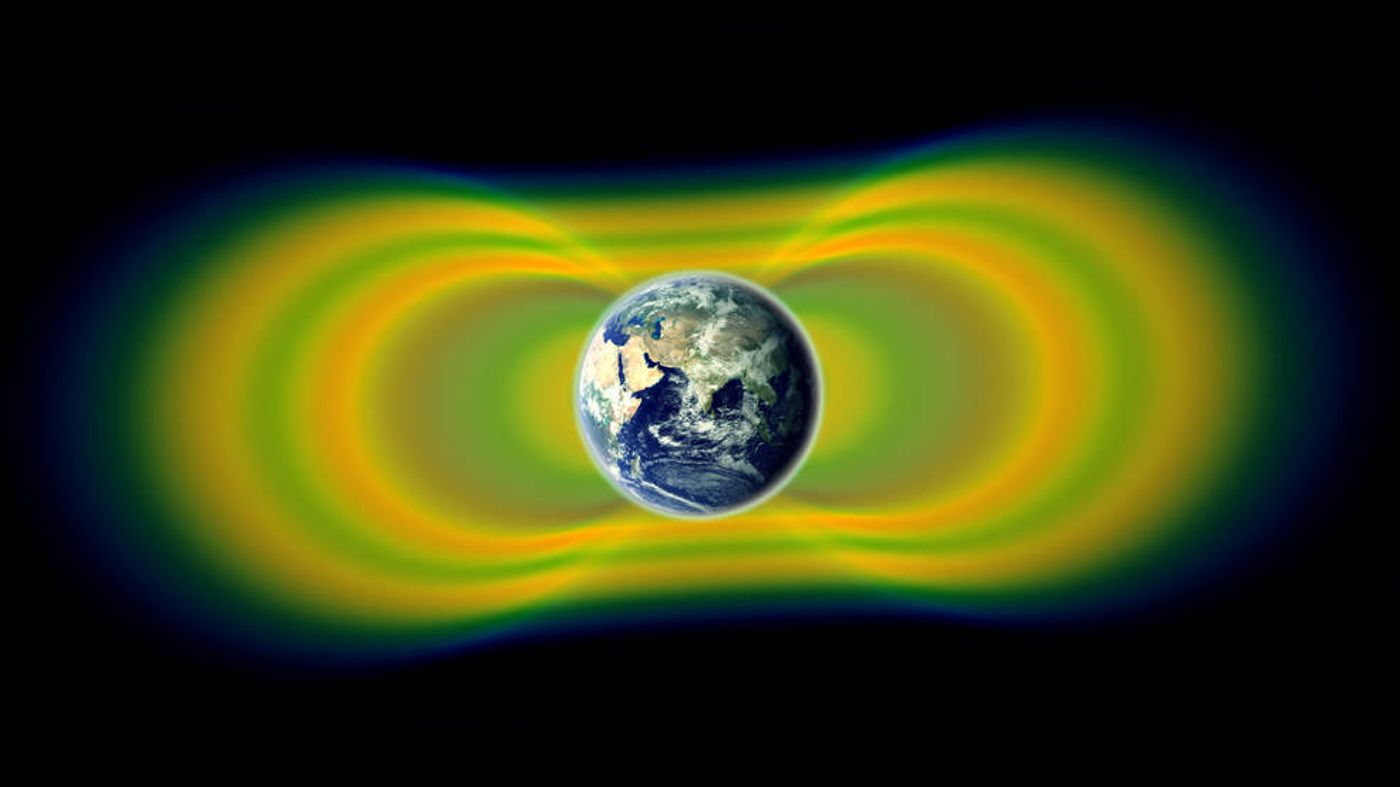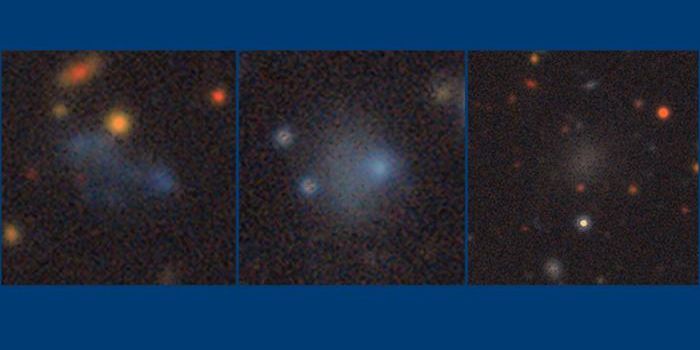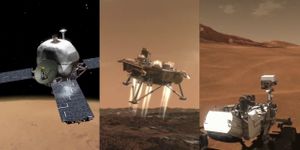GTOSat Could Help NASA Study Earth's Radiation Belts
An official statement released by NASA this week discusses displays unequivocal excitement about an upcoming CubeSat mission called GTOSat, which could help scientists study the radiation belts that encircle our planet in unprecedented detail.
Image Credit: NASA
GTOSat is expected to launch sometime in 2021, and it will come equipped with instruments capable of detecting and measuring high-energy particles that are believed to originate from both solar wind and cosmic rays.
Notably, GTOSat will be the first CubeSat mission to operate in geostationary transfer orbit (GTO) more than 22,000 miles away from Earth. It will also be the first CubeSat to use the latest iteration of NASA’s Dellingr spacecraft bus, which is incredibly tolerant of high-energy radiation.
Inside of the Earth’s magnetosphere resides a series of radiation belts called the Van Allen Belts. These protect the planet and most spacecraft existing in low-Earth orbit from high-energy particles, but GTOSat will operate outside of this protection.
The data that GTOSat collects may help researchers pioneer technological advancements for shielding spacecraft from said radiation. That said, it could even open a new frontier for scientific space exploration.
“These energetic particles can damage spacecraft and pose significant risks to astronaut health,” said GTOSat Principal Investigator Lauren Blum.
“This region of space isn’t just scientifically interesting. It directly affects us here on Earth.”
Related: Was Earth's magnetic field damaged by a solar storm?
NASA has been studying the Van Allen Belts since 2012 with its Van Allen probes, but they’re running a bit low on fuel. Fortunately, GTOSat could pick up where the Van Allen probes leave off and enable NASA to resume its vital research.
Assuming everything goes well, NASA could use similar radiation tolerant technologies for future low-Earth orbit missions.
“This paves the way and opens the door to eventually flying multiple satellites in a SmallSat constellation beyond low-Earth orbit — something I’ve waited my entire career to happen but hasn’t because it’s prohibitively expensive to build and fly multiple, more traditional spacecraft,” added Larry Kepko, a scientist at NASA’s Goddard Space Flight Center in Greenbelt, Maryland.
Related: Delving into the mysteries of planetary magnetic fields
It should be interesting to see how the GTOSat mission will reshape our understanding of the Van Allen radiation belts and how we research them.
Source: NASA









